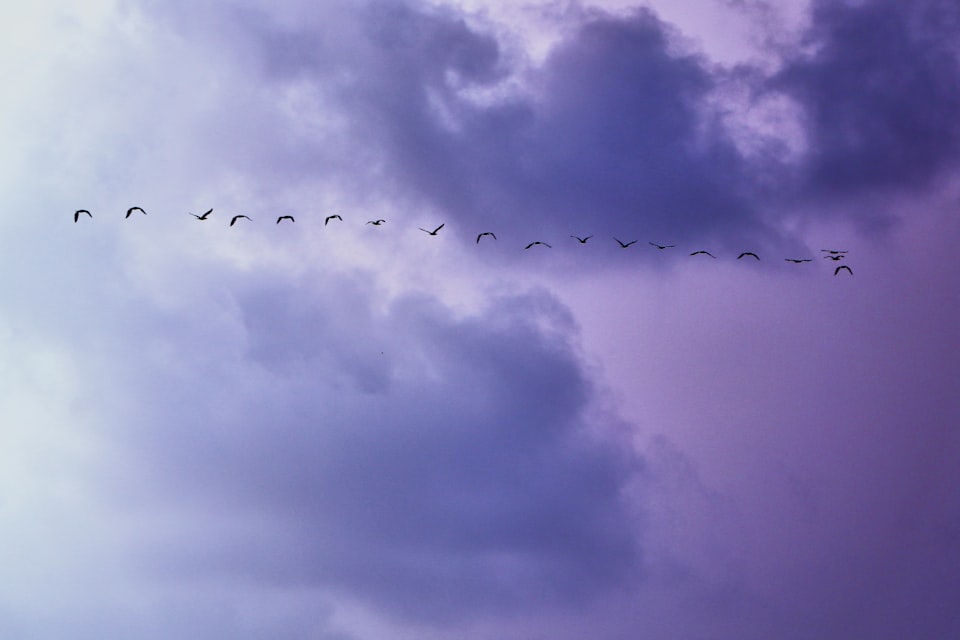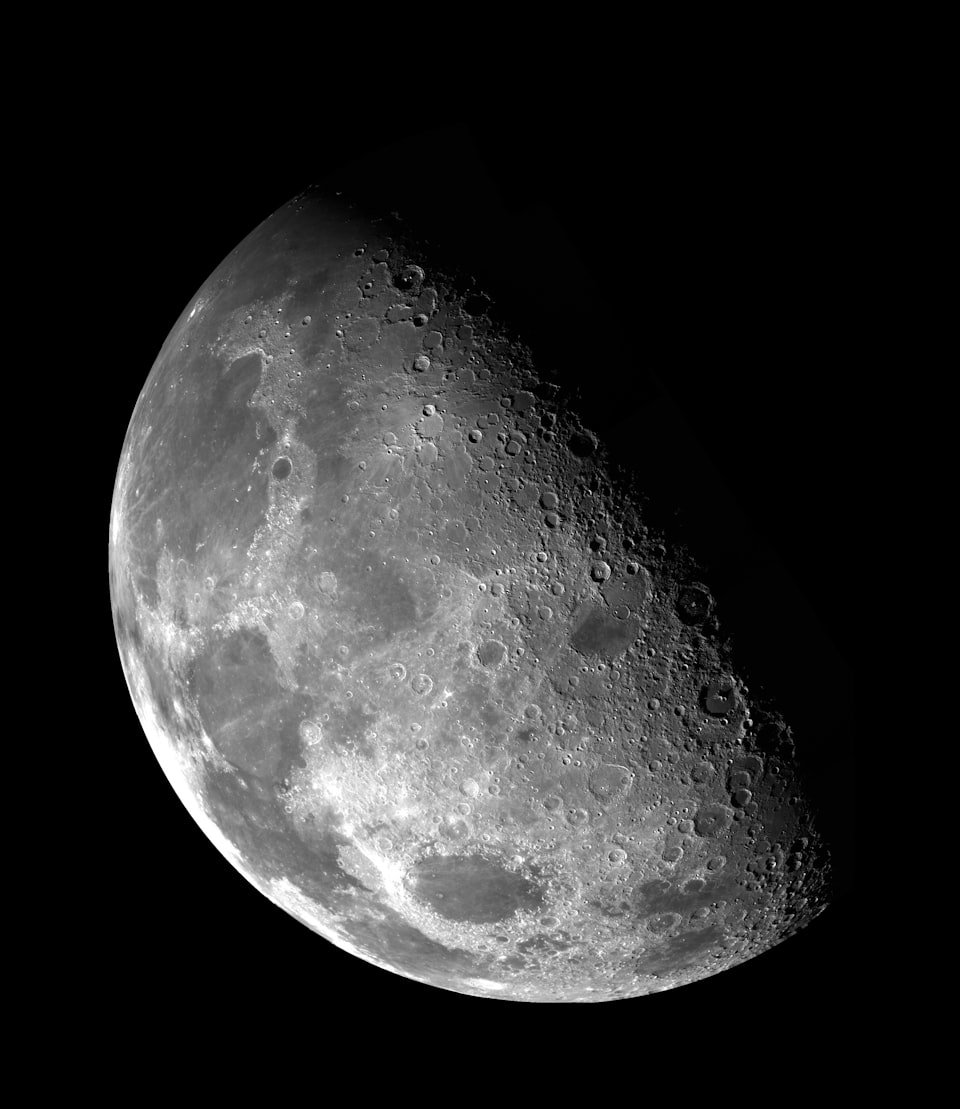Animal migrations are one of the fascinating phenomena in the world, and they contribute a great deal to the proper functioning of global and local ecosystems. These seasonal land, air, and aquatic journeys are mind-boggling. Several animals (and insects) migrate for various reasons – in search of food, water, or to breed, and often beat impossible odds to survive each year. Here is a list of the greatest animal migrations on the planet.
Whales — The longest mammal migration
Gray Whale:
Count: Unknown; Distance: 10,000 miles; Route: Roundtrip between Russian Waters to Mexico.
Gray whales have the longest mammal migrations on the planet. Each spring, they migrate north to feed on the abundance of fish in Arctic waters, then return south in the fall to reproduce in warmer waters. Threats they can encounter on their long journeys include being struck by sea vessels or getting tangled in fishing gear.
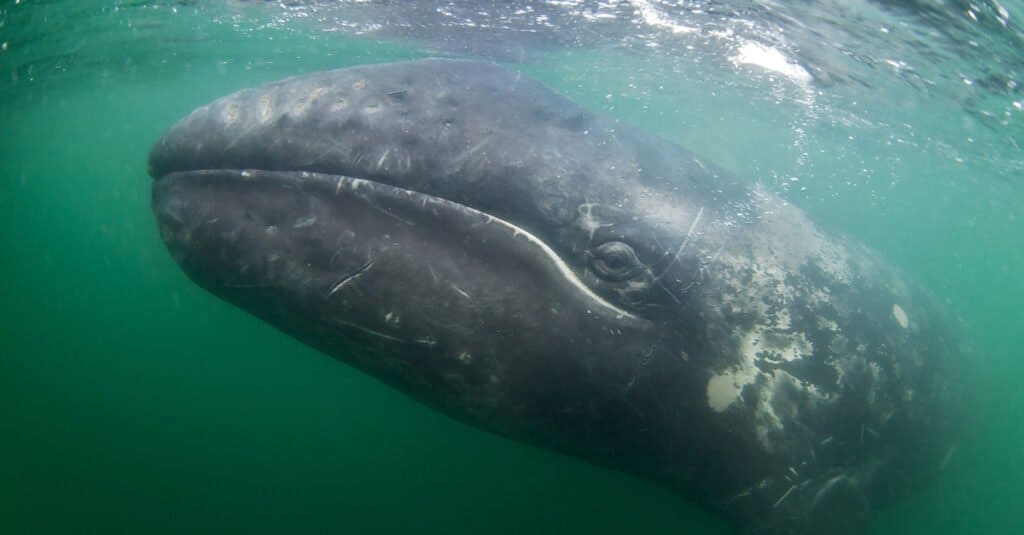
Humpback Whale:
Count: Unknown; Distance: 10,000 miles approximately; Route: Somewhere to Hawaii and back.
Humpback Whales' migration was considered the longest before Gray Whales' migration patterns were discovered. But the migration of Humpback Whales is unique for another reason — the adult whales don't eat for months at a time and swim to warmer waters to give birth and raise their young. During this time, the adults do not feed but live on fat reserves. When they return to colder waters, they gorge themselves to replenish these stores.
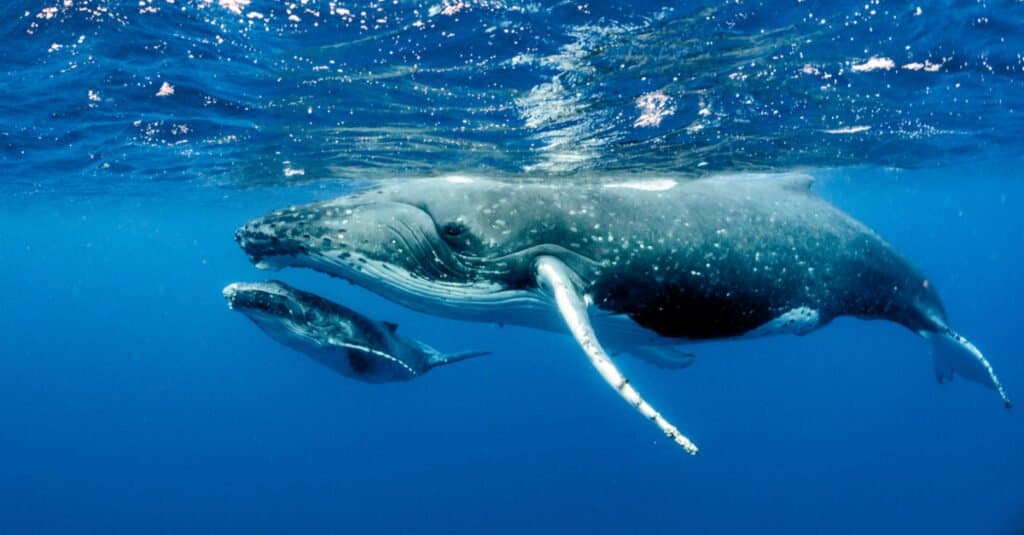
Blue Wildebeest
Count: 1.5 to 2 million; Distance: 500-1000 miles; Route: Circular route around the Serengeti.
At the end of the rainy season, the East African blue wildebeest head on a circular migration around the Serengeti. Herds can stretch to 25 miles long as they cross the plains, traversing cliffs and rivers, employing "swarm intelligence" to overcome obstacles as a collective. But their migration is threatened by poaching and habitat fragmentation — when land is fenced off or cut up by roads.
The Wildebeest migration is known as the Great Migration and is one of the biggest migrations on the planet in terms of numbers. Africa's vast savanna could not exist without migration, and maintaining these habitat corridors is essential to the survival of this area and its creatures.

Porcupine Caribou
Count: 197,000; Distance: 838 miles; Route: Towards north from the boreal forests of Canada and Alaska.
In spring, Porcupine Caribou (named after the Porcupine River that runs through their range) migrate to escape the heat and satisfy their appetites. Their migration has been under the shadow of possible oil exploration in the Arctic National Wildlife Refuge (ANWR). However, plans to designate 12 million acres of the ANWR for conservation may yet protect them. An interesting fact about this migration is that their predators, Wolves, make this migration too.
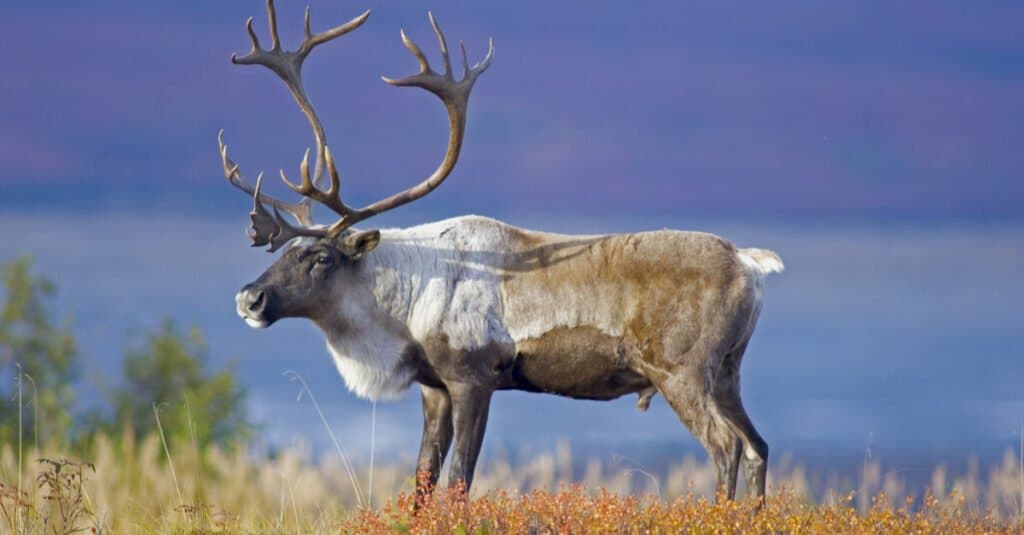
Whale Shark
Count: Unknown; Distance: 3700 miles; Route: From all over the world to Mexico's Yucatan Peninsula.
During one of the most incredible aquatic migrations in the world, whale sharks meet at the Yucatan Peninsula to feed on microscopic plankton, krill, and other small fishes. They can grow up to 40 feet long and weigh 20 tonnes. Owing to their gigantic size, they might look fearsome, but they are gentle giants known to swim very fast despite their colossal size and are harmless to humans.

Leatherback Turtle
Count: Unknown; Distance: 10000 miles; Route: Across the Pacific Ocean, between Papua New Guinea, Indonesia to North West America and Canada.
These charismatic ocean wanderers make incredible migrations in the open sea to feed, mature, and lay eggs. One of their most impressive feats is navigating back to the beach where they were born to spawn.
:max_bytes(150000):strip_icc():format(webp)/__opt__aboutcom__coeus__resources__content_migration__mnn__images__2018__02__ThreeSeaTurtlesExploreAReef-4dd962da794d4b5080b6e73161c2f842.jpg)
Penguins — Adelie Penguin & Emperor Penguin
Adelie Penguins:
Count: Unknown; Distance: 8000 miles; Route: A circular route around the Ross Sea off Antarctica.
Adelie penguins migrate on "fast ice" that develops during the winter. Doing so means they stay in sunlight, the clockwise migration taking them back to land and their breeding colonies for the summer months. Contrary to other polar species, these penguins' population has increased over the last 20 years. It is believed the increase is due to the diminishing journey between land and the sea where Adélie penguins feed.
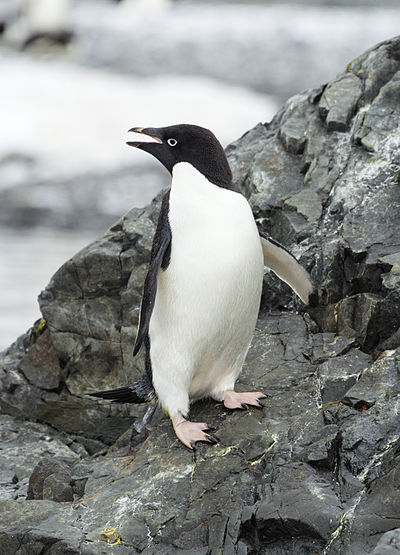
Emperor Penguins:
Count: Thousands; Distance: Unknown; Route: Antarctic Coast.
Referred to as the 'March of the Penguins,' the emperor penguin migration takes place as the sea ice begins to thaw, inland to hunt for food and lay their young. Watching them undertake this long and grueling trek yearly is a truly magnificent experience. The crowning glory at the end of their journey is the hatching of thousands of chicks.

Monarch Butterfly
Count: 35 million; Distance: 5500 miles; Route: Roundtrip between North America and Canada to Monarch Butterfly Sanctuary in Mexico.
The migration of monarch butterflies is one of the most magnificent migrations on the planet. Millions of monarch butterflies fly south to beat the winters of North America and Canada and fly back north during the summer. This migration is unique because the migration duration is more than the lifespan of a butterfly. So the migration happens for 4-5 generations, while they reproduce and the old ones die during the journey.
This new generation of butterflies completes the journey their great-great-great-grandparents started. It is still a mystery to scientists how the new generations know where to go, but they appear to navigate using a combination of the Earth's magnetic field and the sun's position.
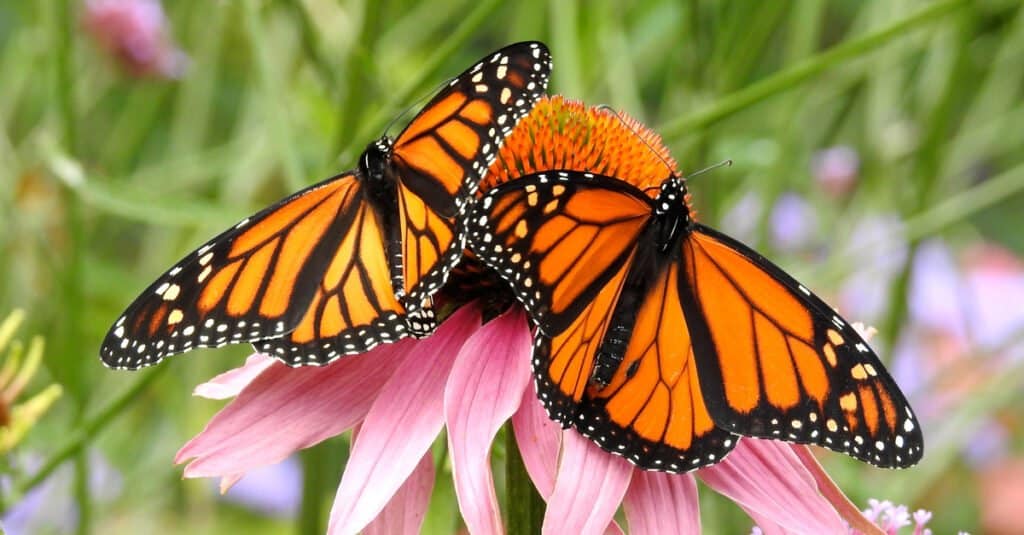
Alaskan Bar-Tailed Godwit
Count: Unknown; Distance: 15,500 miles; Route: Roundtrip between Alaska and New Zealand
The Alaskan bar-tailed godwit holds the record for the longest nonstop journey through the air. Its migration from Alaska and New Zealand is done without food or rest in a staggering eight days. Scientists have concerns that due to habitat loss, future generations will struggle to accrue the necessary fat reserves required for the journey. Still, it is thought that the godwit is resilient enough to cope with climate change for at least the near future.

Arctic Tern
Count: Unknown; Distance: 44,000 miles; Route: Zig-zag route between Antarctica and Greenland.
Arctic terns hold the record for the longest annual migration recorded by any animal. With an average lifespan of 30 years, the arctic tern would cover around 1.3 million miles. But climate change may be forcing Arctic terns further north to breed. Due to fatigue, many more birds are dying along the way.

Fruit Bat
Count: 10 million; Distance: 1200 miles; Route: From the Democratic Republic of Congo to Zambia.
Between October and December each year, about 10 million fruit bats descend into a tiny patch of evergreen swamp forest inside Kasanka National Park in Northern Zambia. These are also known as flying foxes – with straw-colored bodies the size of puppies and wings that span almost three feet. That's three-metric tonnes of bats! And it happens in a pocket of a forest no bigger than two or three football pitches.
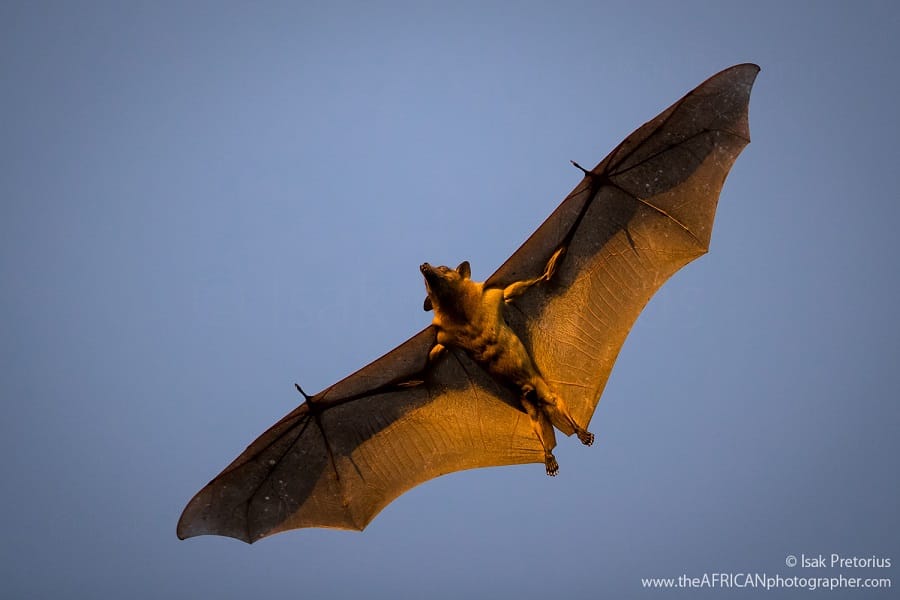
Red Crab
Count: Tens of millions; Distance: Unknown; Route: Across Australia's Christmas Island.
One of the most incredible migrations is the seasonal movement of the red crab across Australia's Christmas Island. Tens of millions of red crabs call this remote island home, and every year they transform the island into a vast moving red carpet as they move in masses to the Ocean to lay their eggs. Christmas Island's roads often must be closed during peak migration periods as the crabs blanket the landscape.
:max_bytes(150000):strip_icc():format(webp)/red-crab-migration-on-christmas-island-542427220-c606f9acd8b542de89fc8d4475d240fa.jpg)
As mentioned above, animal migrations face many threats from artificial factors like climate change, poaching, hunting, discarding plastic waste in the oceans, etc. Migrations also play a vital role in our natural ecosystems—they are the veins and arteries of Mother Earth—and they are a reminder that all of the world's habitats are interconnected. Thanks for reading. Peace out!
References
- https://www.cnn.com/2015/02/24/world/gallery/worlds-longest-animal-migrations
- https://www.zambiatourism.com/the-worlds-largest-mammal-migration/
- https://safarideal.com/top-10-best-wildlife-migrations-in-the-world/
- https://a-z-animals.com/blog/10-most-incredible-migratory-animals/
- https://education.nationalgeographic.org/resource/natures-most-impressive-animal-migrations
- https://www.treehugger.com/greatest-animal-migrations-4869293
- https://www.nps.gov/articles/worldmigration.htm#:~:text=Caribou%2C from numerous populations%2C were,745 miles (1%2C200 km).
- https://www.allaboutbirds.org/guide/Arctic_Tern/overview
